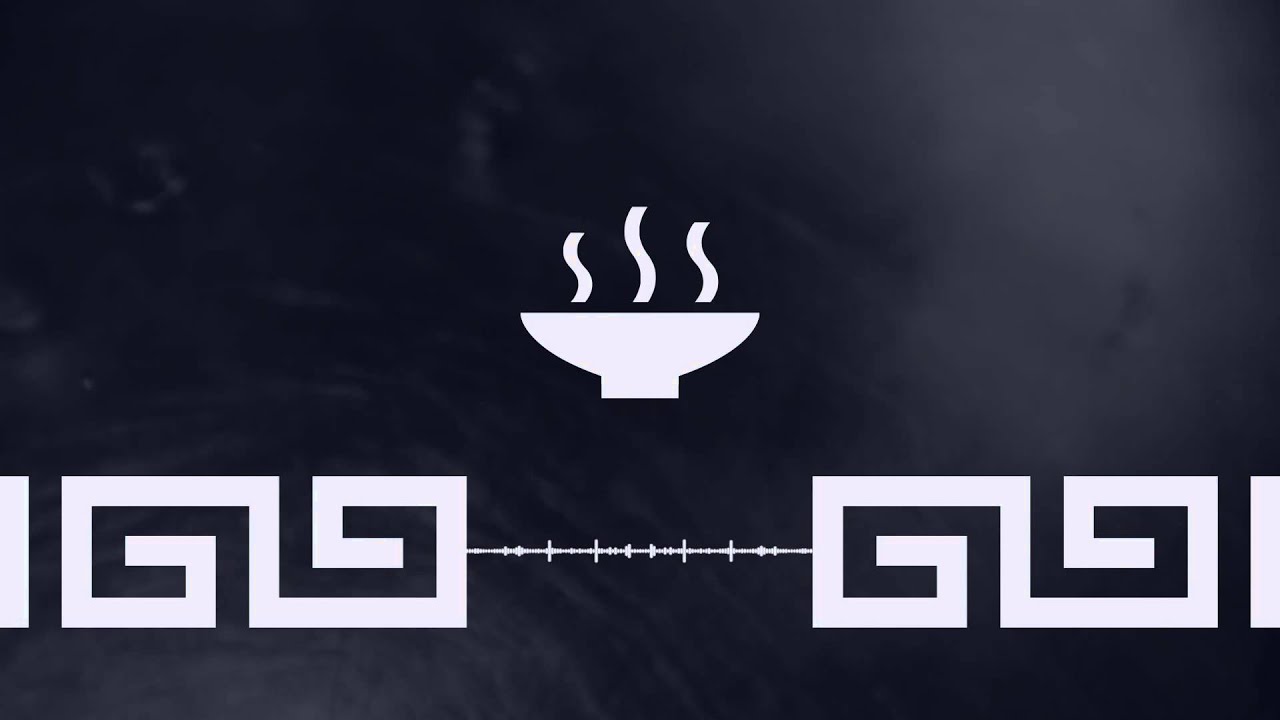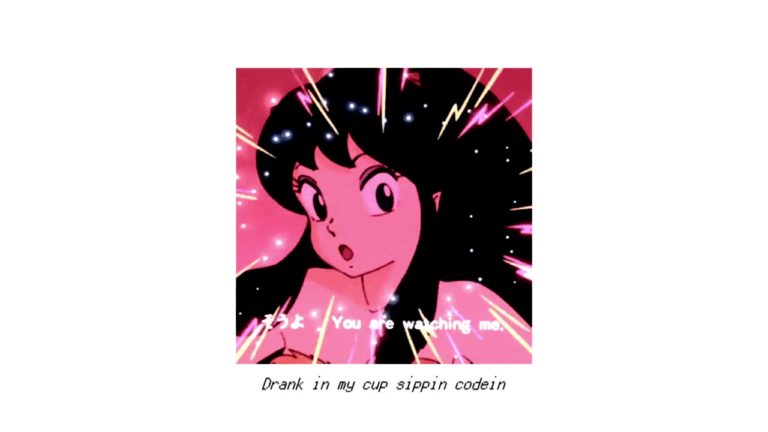New Amunoa: Grief
I associate a lot of feelings with independent Japanese electronic music — joy, togetherness, escape, ecstasy, lower back pain (owing to a crowd surfer jumping directly onto me at a Pa’s Lam System show…great set, though). But vulnerability isn’t one that has exactly cropped up much in the decade I’ve been following it. Releases and parties tend to gravitate to hyperactive displays of fun and community, fitting for artists celebrating the fact they’ve used the internet to build a kind of alternative world where they can go off and do what they want. Artists have creeped towards melanchily, but I’ve never heard anything that’s flat out dealing with something heavy from this netlabel and netlabel-adjacent zone.
Amunoa makes it clear they’ve got something on their mind right away with Grief, a remarkable album that finds a producer that I know best for blasts of energy turning inward. Tracks on Grief unfold more slowly, like they are turning over ideas while walking through the winter cold. The sound of footsteps trudging along even pops up in the mix on opener “Namikidori,” while acoustic guitar strums and distant vocal samples half-singing “I remember” pass by. “Two Seasons” uses a similar submerged sound and lonely keyboard notes to create a sense of longing, even while the beat hops along at a pace that could be morphed into something more energetic. Amunoa allows themselves a few moments of release — see the zero-gravity hop of “Do.Da.Di.Do” or the Metome/Seiho splice job of “Cold Yebis” — but even these loose-limbed inclusions feature details that remind those tough memories aren’t so easy to shake off. Grief uses sounds and techniques more associated with rave-ups at your favorite Dogenzaka club as a way to wrangle with something heavy, all while maintaining an energy that makes sure Amunoa never gets to down on itself. And by the closer “See Ya,” they sound like they are starting to find resolution, ending everything on an upbeat note that makes Grief function as a front-to-back listen. Get it here, or listen below.


